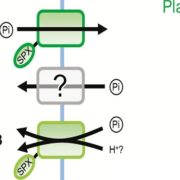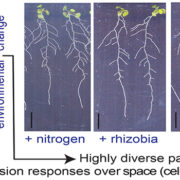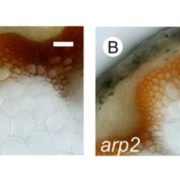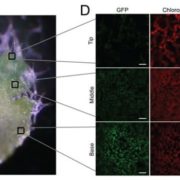Review: The nanoscale organization of the plasma membrane and its importance in signaling – a proteolipid perspective (Plant Physiol)
Ample evidence shows that rather than being homogenous, plasma membrane lipids and proteins form distinct nanodomains. Jallais and Ott review plant plasma membrane nanodomains, and their important contributions to receptor-mediated signaling. The authors discuss methods for the study of membrane nanodomains, and their function and composition including the roles of flotillins and plant-specific remorins. Lipids, particularly phophoinisotides (PIs), clearly contribute to nanodomain formation, but details are still being elucidated. Clustering of receptor proteins in distinct membrane domains may serve to amplify signals and/or facilitate endocytosis. The authors also describe the “anchored picket fence model” in which anchor points of the cytoskeleton restrict lateral diffusion of the lipids and proteins, and the concept of the plasma membrane as a screen or integrator of external signals. (Summary by Mary Williams) Plant Physiol. 10.1104/pp.19.01349










